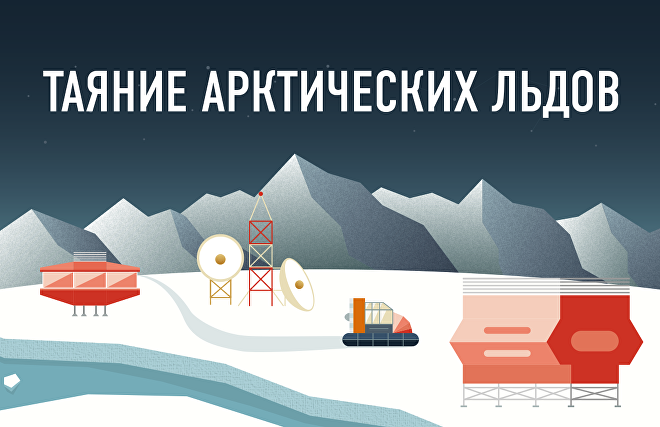Президент Владимир Путин утвердил список поручений по развитию Арктической зоны после рабочей поездки в Мурманск в конце марта, документ опубликован на сайте Кремля.
Глава государства поставил задачи:
• завершить строительство моста через Обь в составе Северного широтного хода до 2029 года;
• провести реконструкцию аэропорта Воркуты, закончить работы в 2030-м;
• возвести новый аэропорт в бухте Ефремова полуострова Таймыр в 2027-2029 годах;
• ввести в эксплуатацию магистральный газопровод Волхов — Мурманск до 2030-го;
• принять решение о начале строительства двух атомных ледоколов не позднее 2026 года;
• определить график расселения аварийного жилья в регионах Арктической зоны до 2035-го;
• распространить программу "Доступное арендное жилье в ДФО" на Арктику;
• утвердить экономическую модель Трансарктического транспортного коридора;
• изучить вопрос о создании совместных организаций с иностранным участием для перевозки грузов по нему;
• помочь в создании международной арктической станции "Снежинка" на Ямале к 2028 году;
• ежегодно выделять не менее десяти миллиардов рублей на инфраструктуру в населенных пунктах Арктики, где дислоцированы военные;
• представить предложения по созданию группировки космических аппаратов для мониторинга в акватории Северного морского пути;
• подготовить предложения по актуализации положений указов об основах госполитики в Арктике и стратегии развития Арктической зоны;
• утвердить комплексные планы долгосрочного развития опорных населенных пунктов Арктической зоны;
• проработать идею создания в арктических субъектах посадочных площадок для грузовых БПЛА;
• рассмотреть включение в проект "Пять морей и озеро Байкал" мероприятий по обустройству туристической инфраструктуры Белого моря;
• представить предложения по развитию туристических кластеров на арктических территориях;
• изучить тему строительства малотоннажных ледовых судов для перевозки пассажиров на Дальнем Востоке и в Арктической зоне.


